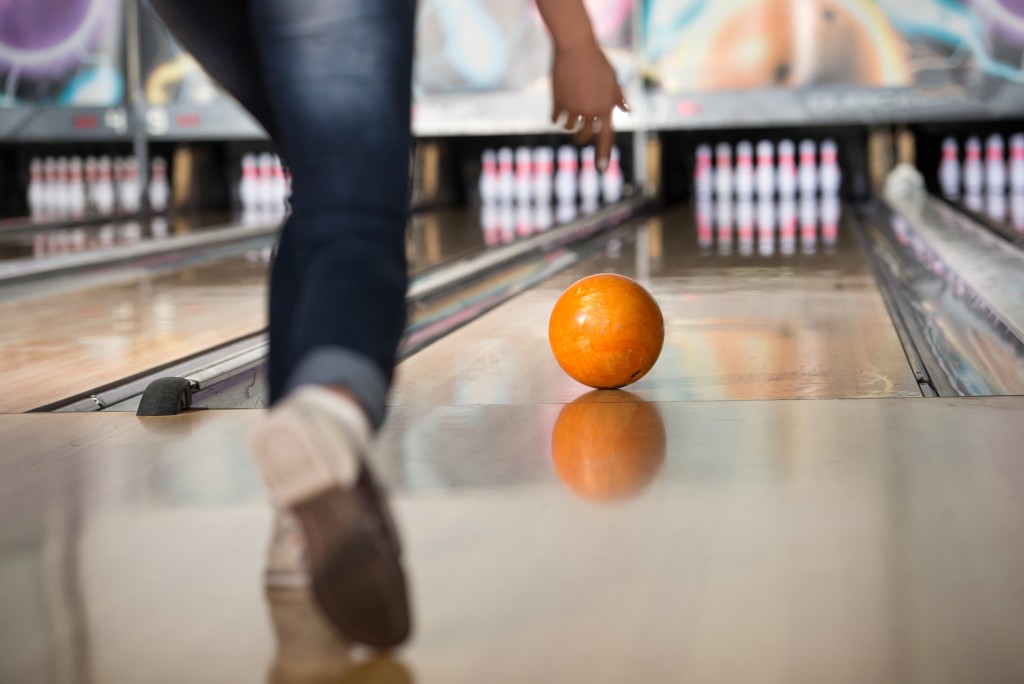Contrary to popular belief, bowling alleys are still alive. In fact, they are experiencing a resurgence as Americans spend more money on recreational activities.
Many facilities too are keeping up with the times, investing in essential bowling center upgrades to retain customer loyalty and improve the experience.
To appreciate how far bowling has come, though, let’s try to look back in its long glorious history beginning in the period of the ancient Egyptians.
From Egypt to Europe
In reality, no one knows for sure how and where bowling started since documents pertaining to the time of antiquities are rare. However, most experts believe that the game – or at least the concept of it – began in ancient Egypt.
In the 1930s, an anthropologist named Sir Flinders Petrie discovered in a child’s grave a treasure trove of objects that dated back 3200 BC that seemed to resemble those used in bowling.
Further, about 90 kilometers from Cairo, Italian archaeologists found a structure inside a residential building where the ancient Egyptians might have played the game around the second and third century AD.
The discoveries also indicated they might have played bowling differently. According to the Italian findings, the owners of the home could have used a pair of small and big stone balls, which two people on opposite ends rolled together.
Meanwhile, the Europeans counterargued. According to the historian William Pehle, the game actually began in Germany sometime in AD 300.
However, the purpose of the activity wasn’t for entertainment but spiritual cleansing. Germans then carried pin-shaped wooden rods called kegels, which they knocked down with rocks in the hopes of being pardoned for their sins.
One thing is clear: even the nobilities wanted – or disliked – the game. In England, King Edward III outlawed bowling since it distracted the troops from archery. King Henry VIII eventually reinstated it, popularizing lawn bowling, although the pastime was out of reach for the commoners.
From Europe to the US
Later, as the Europeans migrated to the United States, they brought with them their culture, including their fascination and love for bowling. By the 1840s, Knickerbcoker Alleys opened in New York City, becoming the first indoor bowling center in the country.
Before the end of the century, women played the game, and bowling moved from outdoors to indoors. Fans formed the American Bowling Congress and New York’s United Bowling Clubs, which drafted universal rules or standards for the game.
It allowed bowling to transition from a mere leisure and gambling activity to a more formal sport. It also helped create bowling leagues.
The Growth and Decline

The entire twentieth century was significant for bowling because it saw the rise – and decline. From the 1930s to the 1950s, the sport was everywhere, thanks to a lucky combination of factors.
Right after the Prohibition Era, alcohol manufacturers needed to boost their products fast. As bowling alleys were around the country, they partnered with these facility owners, forming leagues or teams and then sponsoring their competitions.
Fast-forward to 20 years later, and televisions conquered homes. One of the earliest shows was NBC’s Championship Bowling, which aired these pro tournaments. By the 1960s, ABC followed with its Pro Bowlers Tour and, subsequently, Ladies Pro Tour.
In 1947, former president Harry S. Truman built a bowling alley in the West Wing, but it later moved in the basement during the Nixon administration. Either way, one could not deny that former US presidents loved the game, and it only cemented its popularity.
However, as the 1980s rolled on, several bowling alleys shut down one by one. For its fans and pundits, the decline in leagues could be the culprit.
In a report by Journal Star, the number of champion tournaments steadily decreased since 1977 across all demographics. Under the men’s category, for example, there were 183 of these games in 1970. By 2000, it fell to 89.
Meanwhile, others pointed their fingers on the economy. As the prices of commodities rose, couples needed to work longer hours over the weekdays.
The Revival
Although tournaments of champions picked up in the twenty-first century, they were nowhere near the levels in the 1950s to 1970s. The good news is many bowling facilities have learned to pivot in their branding and offerings.
For instance, many repositioned their center as a leisure destination than a pro facility. A suburban bowling alley in Kansas City now features cocktail seats, art deco interiors, and hand-made burgers. Others upgraded their tech with scoring software and high-quality screen displays, while lanes sport LEDs that amped the ambiance, especially at night.
There’s no perfect sport, and bowling isn’t an exception. Its long history illustrates it has its ups and downs. But as long as it evolves with the time, it’s likely to survive generations.

